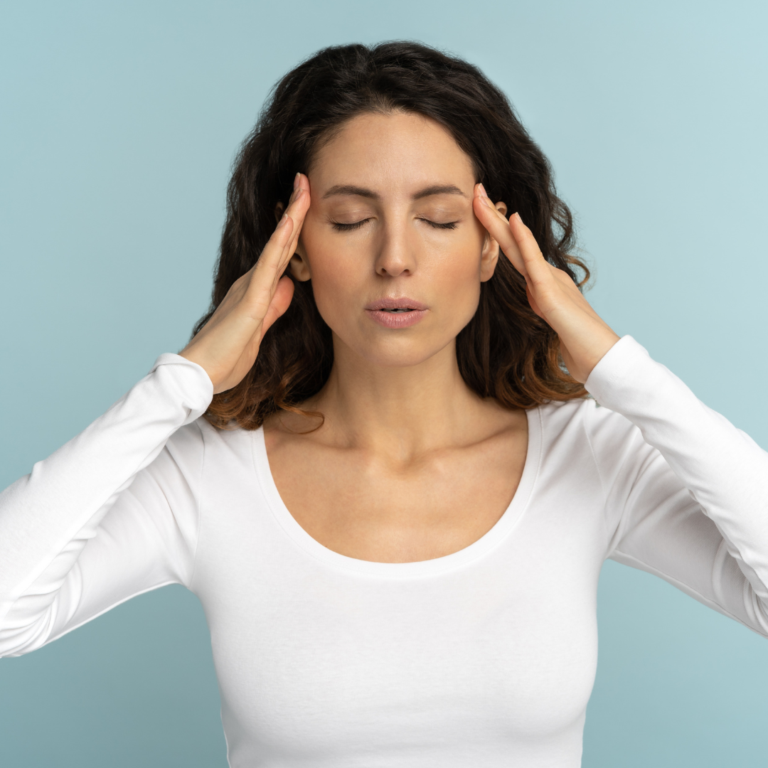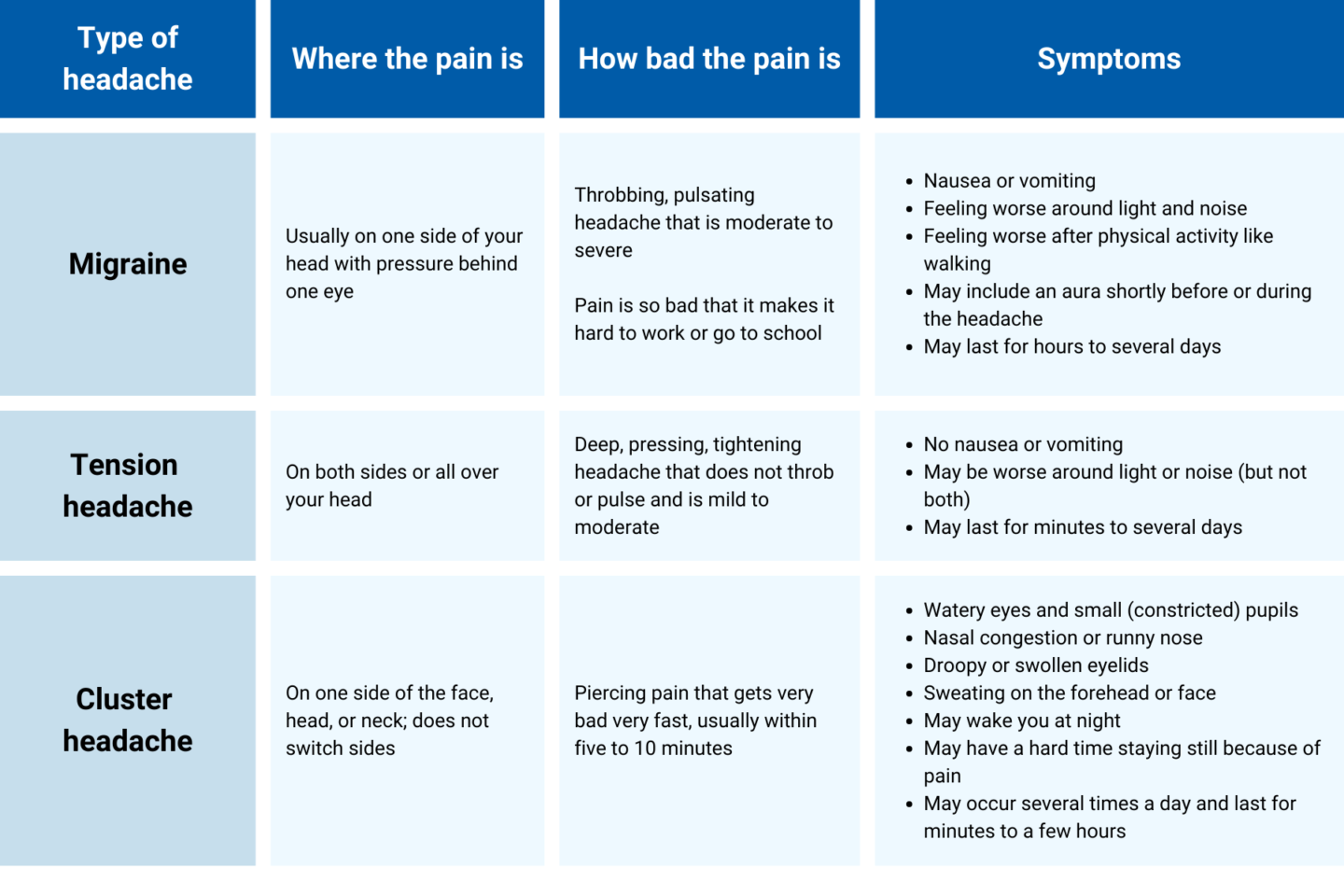Closer than you think: The reality of malnutrition
- Resources
The Calgary area is well known for its shifting temperatures, most noticeably in the winter and spring months. While many cheer at the thought of a warm jolt of air in the dead of winter, others have reason to fear chinooks — they can lead to painful headaches and even migraines.

Research suggests chinooks, and the days leading up to one, can increase some people’s chances of getting a migraine — perhaps because of swift changes in temperature and barometric pressure, which can create pressure imbalances in the body such as the ears and sinuses.
If you’re one of the unlucky Albertans who literally feels the weather changing, Calgary Foothills PCN’s health team has advice to share and can help you safely manage and prevent headaches from happening.
While no one can control the weather, there are lifestyle changes some people can make to reduce their risk of getting headaches, such as:
If you regularly fall victim to head pain and are unsure of the source, try using a migraine diary to track what factors — like foods, activities and sleep patterns — might be triggering your headaches.
Sometimes, despite the preparation you’ve done, a headache still finds a way to disrupt your day. Early warning signs might include tiredness, irritability and light sensitivity.
“It’s important to treat a headache as early as possible,” says Kimberly Phillips, PCN clinical pharmacist. “Delaying treatment can make it worse or harder to manage.”

When a headache hits, Philips recommends first trying the following common fixes:
If over-the-counter treatments aren’t working, speak to your primary care provider about other medication options for treating migraines. With any pain medication, it’s important to monitor use, as overusing medications can also lead to more frequent headaches.
Most headaches usually aren’t dangerous. The most common types of headaches include migraine, tension and cluster headaches. Get to know the differences between them on the MyHealth.Alberta website or review the table below.

Migraine headaches are more common than you’d think. According to Migraine Canada, migraines affect 25% of women, 8% of men and 10% of children. Weather conditions — such as sharp temperature changes, smoke and air pollutants and high doses of bright sunlight — can trigger migraines in some people.

“If you notice you’re having more than six migraines per month, I’d recommend speaking with your doctor about preventative treatments and referrals to specialists,” Phillips says.
Treatment for headaches will vary, depending on your medical condition, history and existing medications.
Dr. Tina Hoang, medical lead of the PCN’s Extended Health Team adds: “Understanding your headache diagnosis and contributing factors can improve your ability to self-manage your headaches.”
If you find yourself experiencing a sudden and severe headache, you may need immediate medical attention — patients are encouraged to call Health Link at 811 for advice if unsure. According to Dr. Hoang, a few examples of red flag symptoms include:
If you’re pregnant, postpartum or over the age of 50 experiencing a new headache, you should also seek medical attention.
Consider making an appointment with the PCN health team if you need support around lifestyle changes and general headache management. For example:
If you suffer from chronic pain and need more support, ask your doctor about a referral to our Extended Health Team, which offers programming to help you manage chronic pain conditions like frequent migraines.